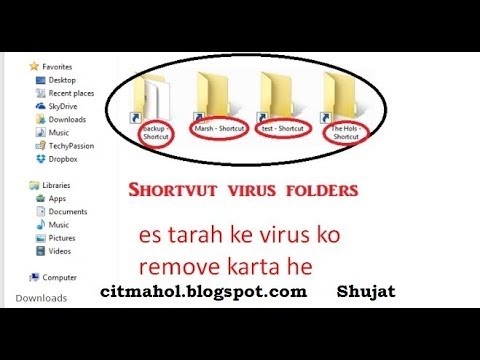Removing a virus from an SD card or a flash drive is a crucial step in ensuring the safety and security of your digital data. Viruses can spread quickly and cause significant damage to your computer, phone, or other devices, which is why it’s essential to take immediate action if you suspect you’ve been infected. In this article, we’ll guide you through the step-by-step process of removing a virus from an SD card or a flash drive, using a combination of manual cleaning and antivirus software.
Before we dive into the procedures, it’s important to note that prevention is the best cure. To avoid getting infected in the first place, make sure to:
* Avoid inserting infected devices or media into your computer or other devices.
* Only download software and files from trusted sources.
* Keep your antivirus software up-to-date and running regularly.
* Avoid opening suspicious or unknown email attachments.
* Use strong, unique passwords and keep them confidential.
Now, let’s move on to the procedures for removing a virus from an SD card and a flash drive.
Removing a Virus from an SD Card:
1. Disconnect the SD card from your computer or other device. If it’s inserted in a card reader or a camera, remove it immediately.
2. Take a few minutes to observe your computer’s and SD card’s surroundings. Are there any other devices or media that could be infected? If so, disconnect them immediately to prevent further contamination.
3. Connect the SD card to a different computer or a different inlet on the same computer. This is called isolating the SD card, and it will help prevent the virus from spreading to other devices.
4. Open the antivirus software on your computer and scan the SD card for viruses. Most antivirus software come with a feature that allows you to scan external devices, including SD cards. Make sure to select the SD card as the target device.
5. Run a deep scan on the SD card. This may take some time, depending on the size of the SD card and the complexity of the virus.
6. Once the scan is complete, review the results. If the antivirus software has detected any viruses, remove them immediately.
7. Update the antivirus software and its virus definitions to ensure you have the latest protection.
8. Repeat the scan and removal process until no viruses are detected.
9. Now it’s time to restore the SD card to its default settings. This will vary depending on the operating system and type of SD card you’re using. For example

